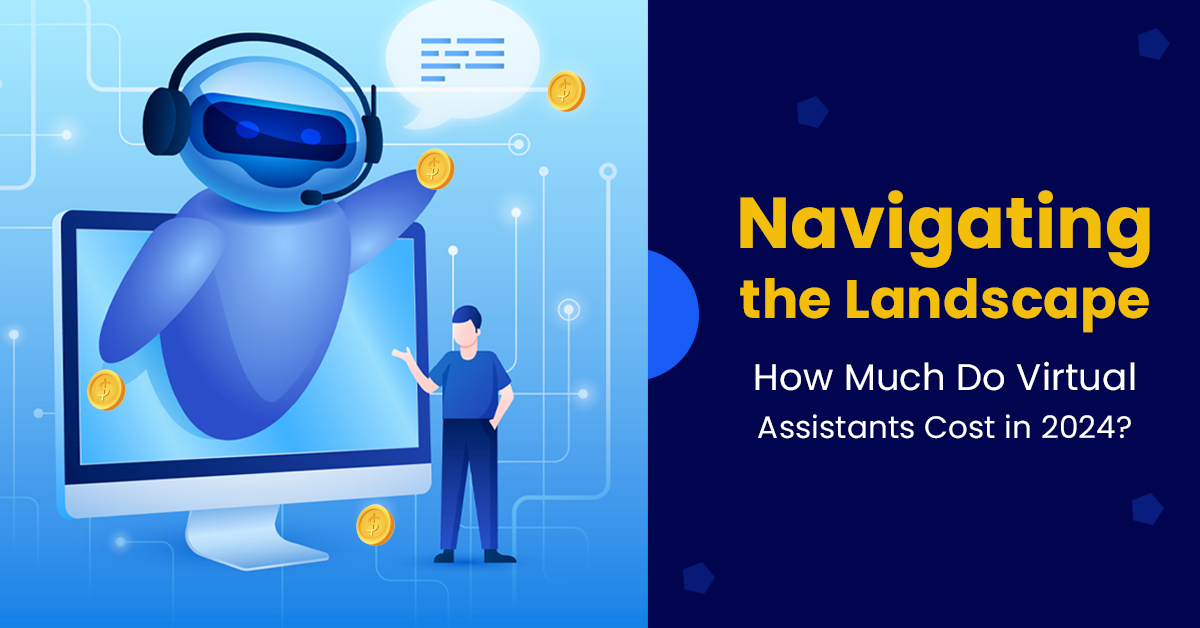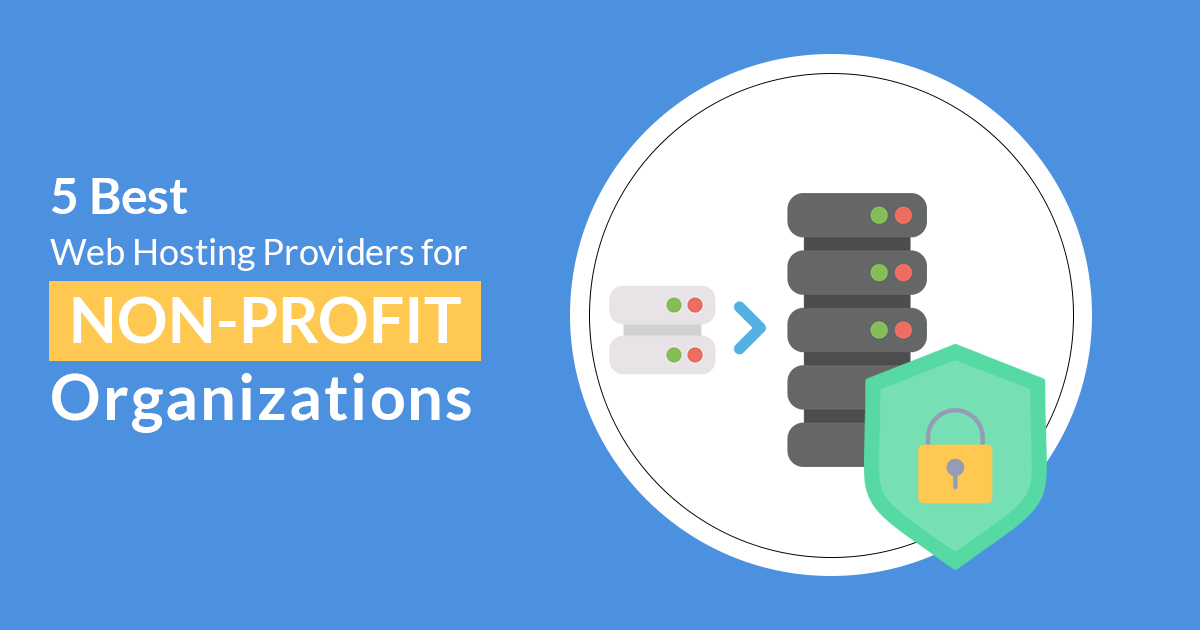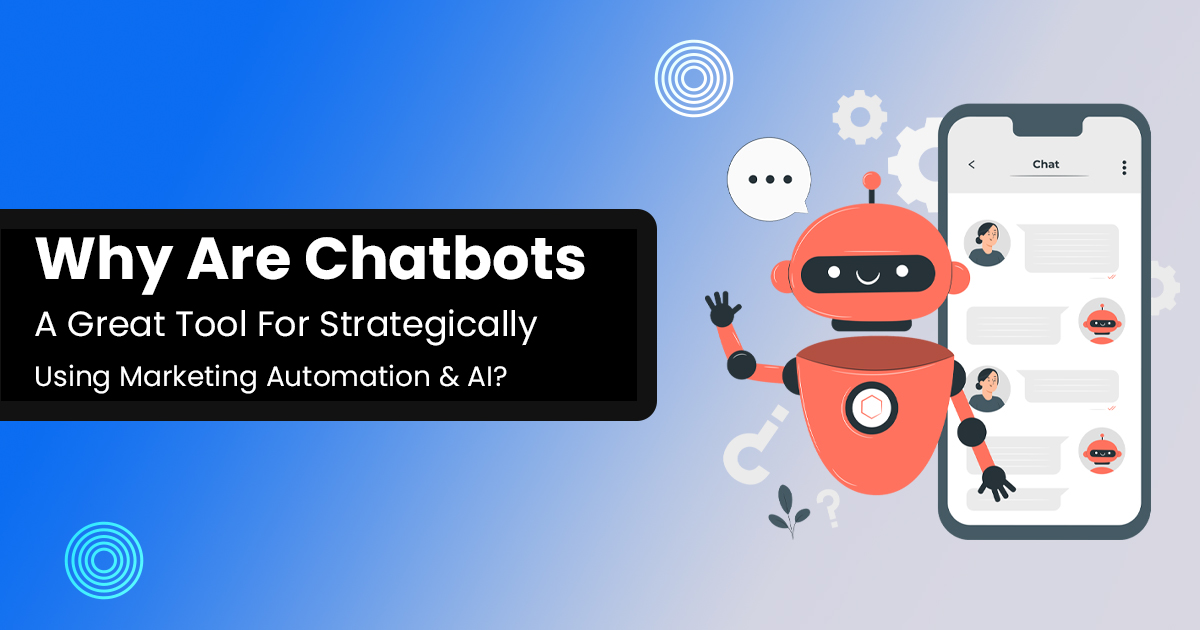Navigating the Landscape: How Much Do Virtual Assistants Cost in 2024?

In the busy world of 2024, virtual assistants play a bigger role than before, appearing in a wide range of industries, including healthcare and real estate. As companies depend more and more on these virtual assistants to help with operations, it’s important to know what virtual assistants are, how they work, and how much they charge. The goal of this blog is to clarify the complexities surrounding virtual assistants, including their uses and the variables that will affect their price in 2024.
Who Are Virtual Assistants
Virtual assistants are individuals who provide remote support and carry out tasks that traditionally require an on-site presence. Unlike their digital counterparts, human virtual assistants are real people with the ability to engage in complex interactions, demonstrate empathy, and adapt to various scenarios. This transformative approach to virtual assistance has gained prominence, offering a personal touch to tasks that extend beyond the capabilities of automated systems.
Understanding the Roles of Virtual Assistants
In today’s dynamic business landscape, companies are in constant pursuit of virtual assistants capable of delivering consistently excellent customer service while fitting within their budget constraints. Virtual assistants, whether human or digital, assume multifaceted roles, covering administrative tasks, customer inquiries, and industry-specific support in real estate and healthcare. Human virtual assistants, distinct from their digital counterparts, rely on interpersonal skills and cognitive abilities to navigate complex instructions and address unique client needs. This personal touch, encompassing appointment scheduling, call handling, and industry-specific tasks, adds flexibility, understanding, and improve your client experiences , enhancing support for individuals and businesses in diverse domains.
Personal Virtual Assistants vs. Business Virtual Assistants
In 2024, the distinction between personal and business virtual assistants is more pronounced than ever. Personal virtual assistants focus on individual tasks like setting reminders, sending messages, listening to your customers, and providing information, while business virtual assistants are tailored for corporate environments, handling complex tasks such as data analysis, report generation, and customer interactions.
Factors Influencing Virtual Assistant Costs
The cost of virtual assistants can vary based on a multitude of factors, reflecting the complexity and customization needs of these digital entities. Understanding the key influencers is essential for individuals and businesses seeking to make informed decisions about their investment in virtual assistant technology. Here are the primary factors that influence virtual assistant costs:
Task Complexity and Scope
The overall cost of a virtual assistant is markedly influenced by the nature and complexity of assigned tasks. Basic virtual assistants, adept at handling routine responsibilities like setting reminders and addressing simple queries, often come at a lower cost. However, in industries like real estate, where tasks may involve intricate processes such as property listings and client interactions, the cost dynamics can vary. For more advanced virtual assistants capable of complex data analysis, content creation, or specialized tasks like for virtual assistant in real estate, higher associated costs are expected, reflecting the sophistication required in industry-specific functions.
Customization Requirements
Businesses often require virtual assistants tailored to their specific needs and workflows. Customization, such as integrating the virtual assistant with existing systems, creating unique functionalities, or aligning it with industry-specific requirements, can increase costs. The level of customization desired plays a crucial role in determining the overall investment.
Integration with Existing Systems
The seamless integration of virtual assistants with other software and systems is a crucial consideration. Compatibility with various platforms, applications, and databases can add complexity to the development process, affecting costs. Businesses looking for a tightly integrated virtual assistant solution should be prepared for potential additional expenses in this regard.
Level of Human Interaction
The cost of a virtual assistant is intricately tied to its ability to emulate human interaction. Basic virtual assistants often use scripted responses, while more advanced counterparts leverage natural language processing and machine learning for a more lifelike experience. The incorporation of human touch, as seen in hybrid virtual assistants, can elevate costs due to the fusion of AI and human expertise. For example, in the medical field, a virtual assistant supporting doctors may incur higher costs, reflecting the need for both technological capabilities and nuanced human understanding in healthcare tasks.
Provider Reputation and Expertise
The reputation and expertise of the virtual assistant provider play a pivotal role in determining costs. Established providers with a track record of delivering robust, reliable, and innovative solutions may command higher prices. However, the investment in a reputable provider often translates to quality service, ongoing support, and the assurance of cutting-edge technology.
Subscription Models and Pricing Tiers
Virtual assistant providers often offer subscription models with different pricing tiers. Basic plans may cover standard functionalities with limitations on usage, while premium plans could include advanced features, increased usage allowances, and priority customer support. Understanding the specific needs of the user and choosing an appropriate pricing tier is essential for optimizing costs.
Ongoing Maintenance and Support
The costs associated with virtual assistants extend beyond initial development and implementation. Ongoing maintenance, updates, and customer support contribute to the total cost of ownership. Businesses should consider the long-term commitment required to ensure the virtual assistant remains effective and up-to-date with evolving technologies and user needs.
Emerging Technologies and Trends
The landscape of virtual assistants is dynamic, with continuous advancements in AI and related technologies. The integration of new features, improved natural language understanding, and enhanced personalization may result in increased costs as virtual assistants evolve. Staying informed about emerging trends is crucial for businesses looking to invest wisely in this rapidly changing field.
In conclusion, as we navigate the intricate landscape of virtual assistant costs in 2024, the recognition of their transformative potential from mere tools to indispensable partners necessitates a thoughtful investment strategy. Whether you’re an individual seeking a personal assistant or a business aiming to optimize operations, the careful consideration of functionality, customization needs, and ongoing trends is crucial. Moreover, recognizing the need for expertise in artificial intelligence and software development becomes paramount. In this dynamic era, virtual assistants are not only about automation but strategic allies in driving efficiency and productivity. By engaging Octopus Tech, individuals and businesses ensure a nuanced understanding of customization, seamless integration, and ongoing maintenance, elevating virtual assistants beyond mere tools to strategic assets for a technologically integrated future. Feel free to contact us for further assistance and information.





